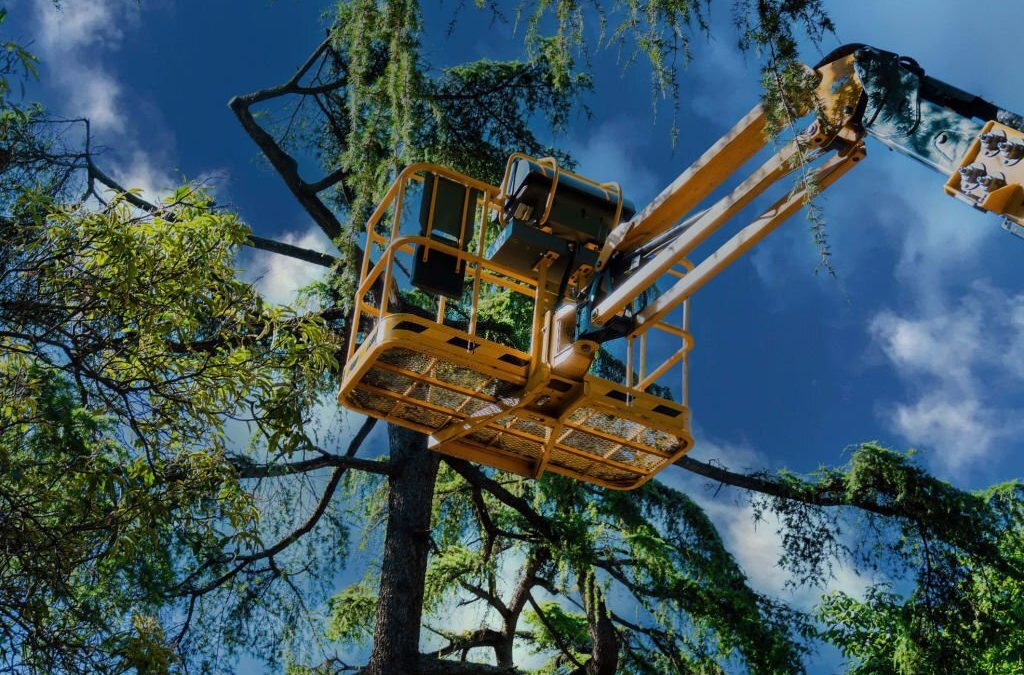Tree Trimming and Pruning are two processes that can be used to maintain the health and structure of a tree, but there are differences between them. Tree trimming removes branches, foliage, and other living parts of a tree for aesthetic or safety reasons. It is usually done to correct an imbalance in the shape or size of the tree or to thin out its growth. This process may also be necessary when branches grow too close to structures such as buildings or power lines. Trimming requires special tools such as hand pruners, saws, and even chainsaws to reach higher branches. Professionals with a specific level of training and experience most often complete it.
On the other hand, pruning is a more delicate procedure intended to promote healthy new growth within the tree. It can involve selectively removing dead or dying branches, thinning out dense clusters of smaller branches, or even shaping new growth patterns during seasonal cycles. The goal is generally to improve vigor, reduce pests and diseases, stimulate flowering and fruiting, control size and shape, and improve light penetration into the crown. Unlike trimming, which often uses power tools, pruning relies on more traditional manual methods like handsaws which require more finesse from those performing it to avoid damaging the tree’s structure.
In both cases, they must be performed to properly maintain a tree’s health without causing damage due to incorrect cuts or over-trimming/pruning sections of limbs that should remain untouched. Improperly executed procedures can lead to weakened limb structure, decay at improper junctions, excessive growth response, and even death if left unchecked. Certified arborists explicitly trained in these areas will know how much trimming and pruning is appropriate for any situation while also taking into account any potential risks involved with each specific type of maintenance required for their clients’ trees.
When looking for someone who will do either job on your trees, it is always important to find someone you trust who has demonstrated knowledge about proper tree care practices so that you know your trees will be taken care of properly throughout each season. Trimming and pruning can help keep your trees looking healthy all year round while also addressing potential hazards, such as dead wood buildup around homes or hazardous hanging limbs near walking areas. Both practices require specialized tools and trained personnel who understand how to perform them safely without damaging other parts of your tree; thus, it’s important to consult professional arborists if you require either service for your trees. With proper management, you can ensure your trees stay healthy for generations.

